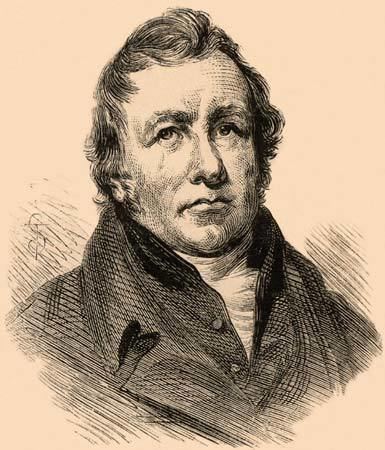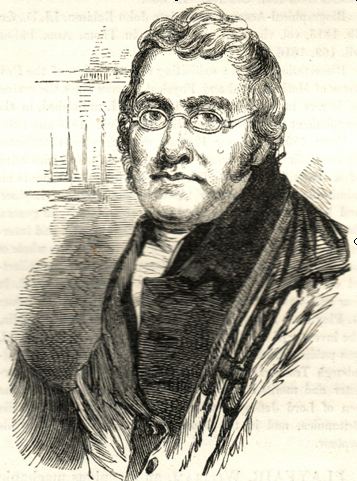Children William Henry Playfair | Role Mathematician Name John Playfair | |
 | ||
Born 10 March 1748Benvie, Forfarshire, Scotland ( 1748-03-10 ) Siblings William Playfair, James Playfair Books Illustrations of the Huttonian, The Works of John Playfair, Biographical Account of James H, Outlines of Natural Philosop, James Hutton & Joseph Bl Similar People | ||
Trigonometry Hindus Theory
John Playfair FRSE, FRS (10 March 1748 – 20 July 1819) was a Scottish scientist and mathematician, and a professor of natural philosophy at the University of Edinburgh. He is perhaps best known for his book Illustrations of the Huttonian Theory of the Earth (1802), which summarised the work of James Hutton. It was through this book that Hutton's principle of uniformitarianism, later taken up by Charles Lyell, first reached a wide audience. Playfair's textbook Elements of Geometry made a brief expression of Euclid's parallel postulate known now as Playfair's axiom.
Contents
- Trigonometry Hindus Theory
- Hindu Trigonometry 02 Antiquity
- Early life
- Mature work
- Family
- Honours
- References

Hindu Trigonometry 02 Antiquity
Early life
Born at Benvie, near Dundee, where his father, Rev James Playfair (d.1772), was a kirk minister.
Playfair was educated at home until the age of fourteen, when he entered the University of St Andrews. In 1766, when only eighteen, he was a candidate for the chair of mathematics in Marischal College (now part of the University of Aberdeen), and, although he was unsuccessful, his claims were admitted to be high.
Six years later he applied for the chair of natural philosophy in his own university, but again without success, and in 1773 he was offered and accepted the benefice of the united parishes of Liff and Benvie, vacant by the death of his father. Playfair continued, however, his mathematical and physical studies, and in 1782 he resigned his charge to become the tutor of Adam Ferguson. By this arrangement, Playfair was able to be frequently in Edinburgh and to cultivate the literary and scientific society for which it was at that time specially distinguished. In particular, he attended the natural history course of John Walker. Through Nevil Maskelyne, whose acquaintance he had first made in the course of the celebrated Schiehallion experiments in 1774, he also gained access to the scientific circles of London. In 1785 when Dugald Stewart succeeded Ferguson in the Edinburgh chair of moral philosophy, Playfair succeeded the former in that of mathematics.
Mature work
In 1795 Playfair published an alternative, more stringent formulation of Euclid's parallel postulate, which is now called Playfair's axiom. Although the axiom bears Playfair's name, he did not create it, but credited others, in particular William Ludlam, with its prior use.
In 1802, Playfair published his celebrated volume entitled Illustrations of the Huttonian Theory of the Earth. The influence exerted by James Hutton on the development of geology is thought to be largely due to its publication. In 1805 Playfair exchanged the chair of mathematics for that of natural philosophy in succession to John Robison, whom also he succeeded as general secretary to the Royal Society of Edinburgh. He took a prominent part, on the liberal side, in the ecclesiastical controversy that arose in connection with Sir John Leslie's appointment to the post he had vacated, and published a satirical letter (1806).
Playfair was an opponent of Gottfried Leibniz's vis viva principle, an early version of the conservation of energy. In 1808, he launched an attack on John Smeaton and William Hyde Wollaston's work championing the theory. In 1808 he also published a review of Laplace's Traité de Mécanique Celeste.
Family
John's brothers were architect James Playfair, solicitor Robert Playfair and engineer William Playfair. His nephew, William Henry Playfair (1790–1857) was an eminent architect in Scotland. Although an eminent man, Playfair was buried in an unmarked grave in Old Calton Burial Ground, on Waterloo Place in Edinburgh. His, and his brother, James's graves were marked by a plaque unveiled in 2011 following a local campaign. The monument to his memory by William Henry Playfair, on Calton Hill, is visible from the spot. In later life he admired and proposed to the wealthy widow Jane Apreece. She turned him down and married the younger and more famous Sir Humphry Davy.
